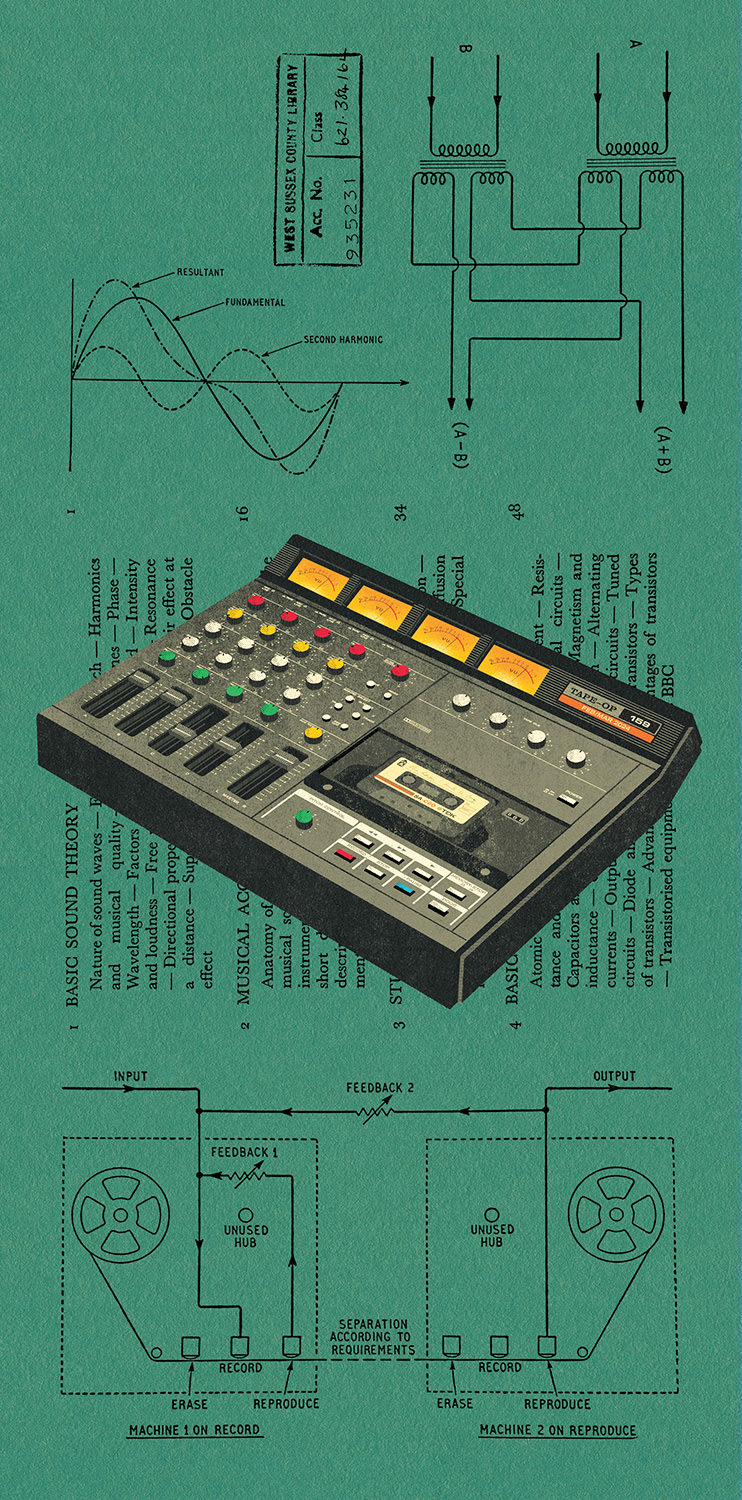The SA-3 is a massive evolution of McDSP’s SA-2 Dialogue Processor. Like its predecessor, it’s still a killer dialogue and vocal tamer, but it’s so much more than simply that. This is a full bandwidth dynamic resonance suppressor. It’s not exactly groundbreaking, as I’ve relied on similar tools such as oeksound's Soothe2 [Tape Op #138] and Soundtheory's Gullfoss [#131] for years now. Being familiar with how modern resonance suppressor plug-ins work helped me get up to speed with SA-3, and to also discover what makes it stand out. I instantly became a major fan. On many of the sources I tested it with, it was night and day better than anything else I tried.
Right off the bat, it looks and sounds great. My first experiences with similar plug-ins were overwhelming, but SA-3 draws your eyes towards the most important parameters via skeuomorphic controls, while tucking in the complicated Bias Curve interface into the central display. It’s hard to describe in words, but in practice it’s easy to get right to work with the SA-3. It’s amazing at cleaning up nasty resonances from cheap condenser mics in the bedrooms that so many of my clients are recording in. When I’m trying to learn how to use a new plug-in, I often explore the presets for examples of “best practices.” I love that there’s a Bias Shift knob that sweeps all of the Bias filter points up or down in frequency, making it easy to tune to any preset to match the voice I’m cleaning up.
I found it sounded especially smoothing on heavily distorted guitars, taming some pokey frequencies. Turning up the Focus knob guides the SA-3 to only target persistent resonances (like the imprint of bad sounding bedroom) instead of aggressively flattening every note it passively moves through. The Density knob adjusts the amount of processing applied on frequencies above the fundamental resonance. These intuitive controls sped up my workflow significantly. I get a lot of mix projects with dozens of tracks of vocals recorded in non-professional environments, and while the performances and arrangements can be inspiring it’s a lot of work to clean up. The number of tracks doesn’t just make these imperfections stand out in the mix; it also means more work for me spent cleaning it all up. Using the SA-3 saves me time and allows me to focus more energy on the creative side of mixing.




_disp_horizontal_bw.jpg)